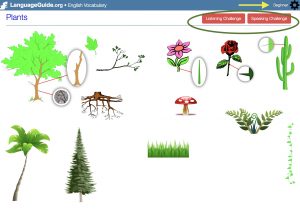- Think of a question that starts with “How often should …“. For example:
- How often should I wash my car?
- How often should I take a shower?
- How often should my husband help me clean?
- Then, spin the wheel, and see the answer!
Monthly Archives: March 2017
Don’t and Doesn’t

Don’t say:
– He don’t like pizza.
– She don’t want to go.
– It don’t work.
– Maria don’t understand.
Say this:
– He doesn’t like pizza.
– She doesn’t want to go.
– It doesn’t work.
– Maria doesn’t understand.
Remember:
- I don’t; You don’t; We don’t; They don’t
- He doesn’t; She doesn’t; It doesn’t
 Don’t = do not
Don’t = do not Doesn’t = does not
Doesn’t = does not
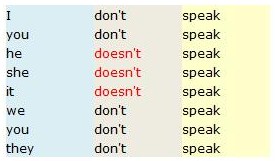
– Victor doesn’t know how to dance.
– My dog doesn’t feel well.
- A website with more information
- A practice test
- A Youtube video (English/Spanish)
What’s Up?
There is a two-letter word that has perhaps more meanings than any other two-letter English word, and that is the word “UP.”
It’s easy to understand “UP” as meaning “toward the sky” or “moving to the top” of something, but why do we wake UP in the morning (just before we get UP)?
![]() At a meeting, we must speak UP in order to bring UP a topic. Then it’s UP to the secretary to write UP a report (unless she can think UP an excuse).
At a meeting, we must speak UP in order to bring UP a topic. Then it’s UP to the secretary to write UP a report (unless she can think UP an excuse).
We call UP our friends and ask them to come UP for dinner. For them, we brighten UP the room, and we polish UP the silver, hoping they’ve worked UP an appetite. We mess UP the kitchen cooking UP a meal and using towels to soak UP spills. Afterward, we have to clean UP, and the next day, we warm UP the leftovers. Continue reading
Can My Phone Understand Me?
 Smartphones can listen to you speak, and display your words. So can iPads and computers. If your phone can understand you, other people will probably understand you.
Smartphones can listen to you speak, and display your words. So can iPads and computers. If your phone can understand you, other people will probably understand you.
Practice your speech on iPhone or iPad
- Open the Notes App
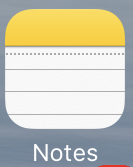 and create a new note
and create a new note 
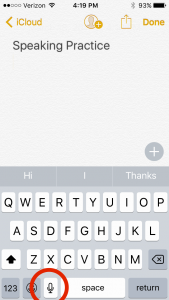
- Press the Microphone icon
 next to the Space Bar on the keyboard
next to the Space Bar on the keyboard - Start talking – and see what words are shown
- Are they the same words that you spoke? If not, try again.
Practice on Android phone or tablet
- Install the Google Keyboard app from Google Play
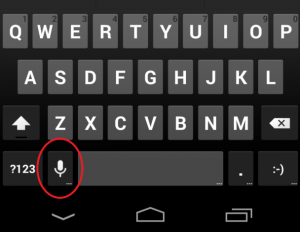
- Then open your email app, or use a free notes app like Evernote
- Press the Microphone icon
 next to the Space Bar on the keyboard
next to the Space Bar on the keyboard - Start talking – and see what words are shown
- Are they the same words that you spoke? If not, try again.
When your phone can understand you, you can use your voice for … email, text messages, Siri questions on iPhones (“Hey Siri“), Google searches (“OK Google“), and more. Continue reading
Pronouncing Letters of the Alphabet
You can go to the beginning of the video to hear more information about pronouncing each letter.
After you practice, take this test:
Some Plant Vocabulary
What Time Is It?
Here’s a short video about how the time is said in common American English…
- More explanation about telling time at Dave’s ESL Cafe.
- And an app for your iPhone/iPad to learn/practice telling time
(for Android, you can search for ESL tell time in Google Play)
Humans of New York – and Other Places
 Humans of New York is a website, and Facebook page, that has lots of interesting pictures of people – and a very short story about them. Brandon (the publisher) started with pictures and short stories just about people in New York City. But then he started including personal stories from people in other places around the world – such as Pakistan, Iran, India, Vietnam – and some longer stories on subjects such as refugees and people in prison. The latest set of stories is about people in Brazil. Here is an example:
Humans of New York is a website, and Facebook page, that has lots of interesting pictures of people – and a very short story about them. Brandon (the publisher) started with pictures and short stories just about people in New York City. But then he started including personal stories from people in other places around the world – such as Pakistan, Iran, India, Vietnam – and some longer stories on subjects such as refugees and people in prison. The latest set of stories is about people in Brazil. Here is an example:
“He fell in love with me the first day he met me. He kept calling me princess. He said we were meant to be together because our feet were the same size. Look how embarrassed he’s getting!” (São Paulo, Brazil)
— Thanks to Pat for suggesting this website. She uses it for reading practice in her English class. —

